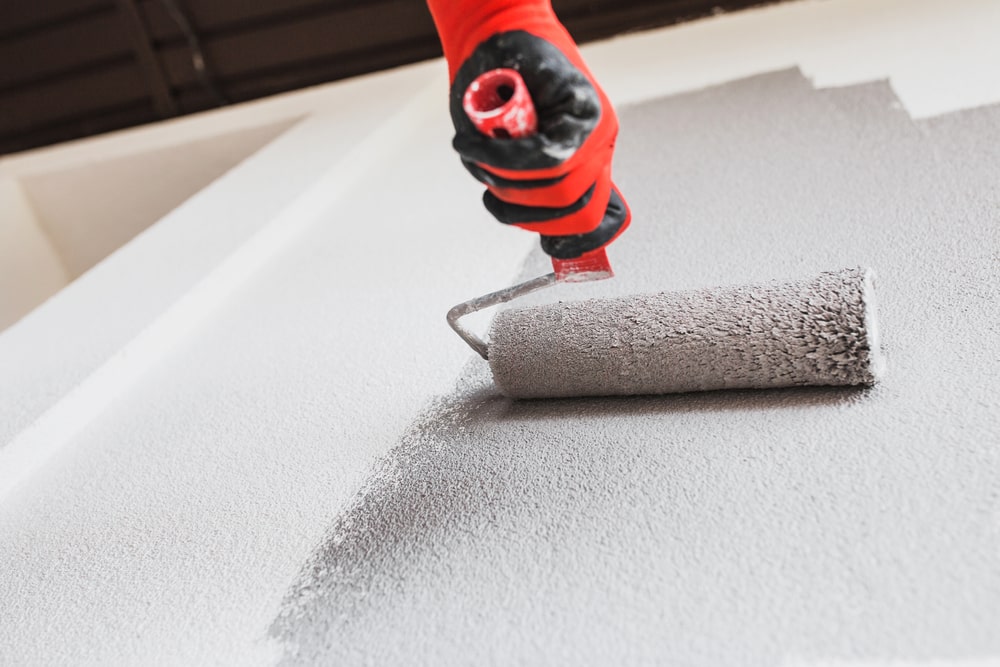
When it comes to maintaining or enhancing the appearance of your property, painting is often one of the first steps considered. Homeowners and commercial property managers alike frequently wonder whether they can use exterior paint on concrete surfaces.
In Western Australia, where the climate can be particularly harsh, this question becomes even more pertinent. This blog aims to answer this by providing you with all the information you need to make an informed decision.
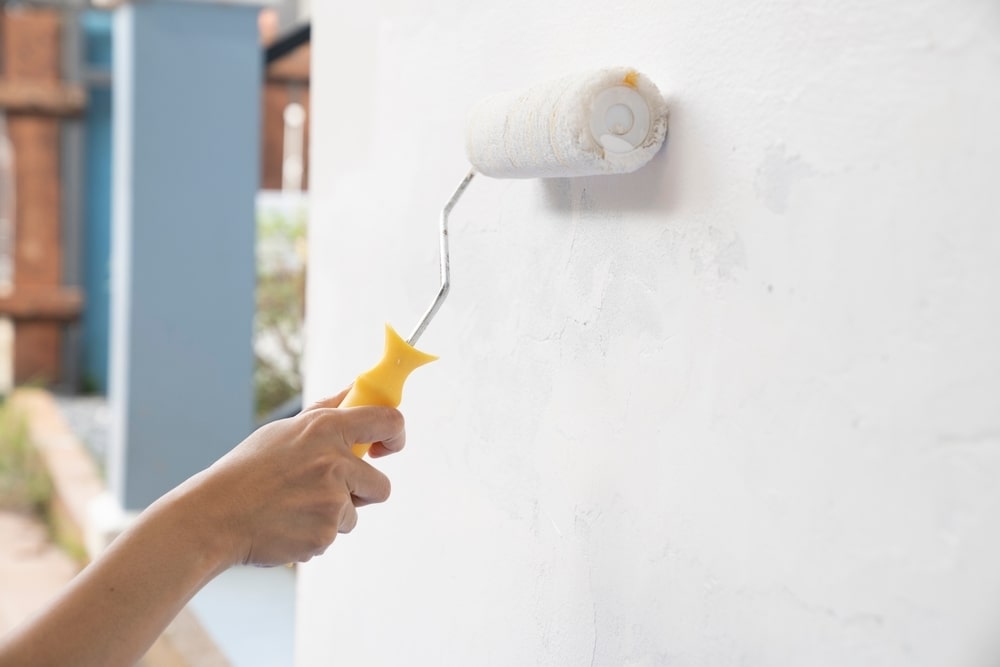
Understanding the Suitability of Exterior Paint
Concrete is a durable and versatile material commonly used in both residential and commercial properties. Whether it’s for a driveway, patio, or exterior wall, concrete surfaces are key aspects of many buildings. However, when it comes to painting these surfaces, many people are unsure if standard exterior paint is suitable.
Yes — you can use exterior paint on concrete, but you should keep some important caveats in mind.
Concrete’s porous nature allows it to absorb moisture, which can cause problems if you use the wrong type of paint or don’t properly prepare the surface. Therefore, it’s essential to choose the right paint and follow the correct preparation and application techniques to ensure a durable and attractive finish.
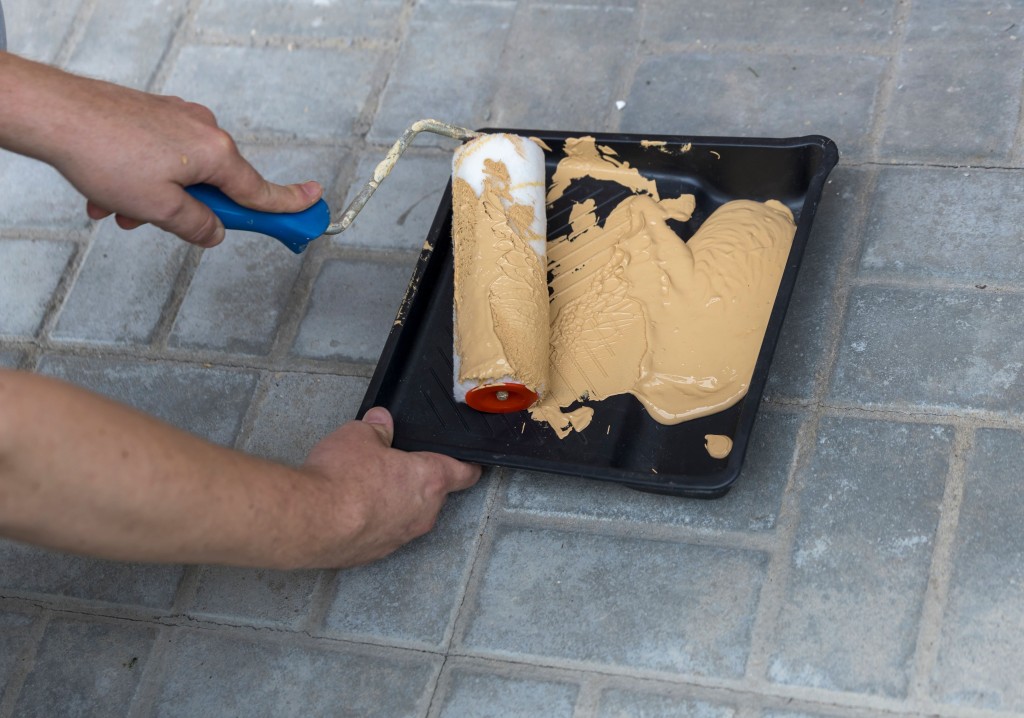
Pros & Cons of Using Exterior Paint on Concrete
Pros
Aesthetic Appeal
Painting concrete surfaces can dramatically enhance the visual appeal of your property. Whether you opt for a bold colour to make a statement or a neutral tone to blend seamlessly with the surroundings, paint offers a wide range of options to suit any style.
Protection Against the Elements
Exterior paint can provide a protective barrier against harsh weather conditions, including UV rays, rain, and wind. In Western Australia, where the sun can be particularly intense, using UV-resistant paint can help protect your concrete surfaces from damage and fading.
Ease of Application
Compared to other types of coatings, such as epoxy or sealers, exterior paint is relatively easy to apply. This makes it a popular choice for both DIY enthusiasts and professional painters.
Cost-Effective
Exterior paint is generally more affordable than specialised concrete coatings, making it a cost-effective option for homeowners and businesses looking to refresh their concrete surfaces without breaking the bank.
Cons
Potential for Peeling and Chipping
If the concrete surface is not properly prepared, or if the wrong type of paint is used, the paint can peel or chip over time. This is particularly common in high-traffic areas like driveways and walkways.
Moisture Issues
With concrete’s absorbent nature, it can lead to issues like efflorescence (a white, powdery residue) or mould growth under the paint. Using a paint specifically designed for concrete, or applying a suitable primer, can help stop these issues.
Limited Longevity
While exterior paint can provide a fresh look, it may not last as long as other coatings designed specifically for concrete, such as epoxy or polyurethane.
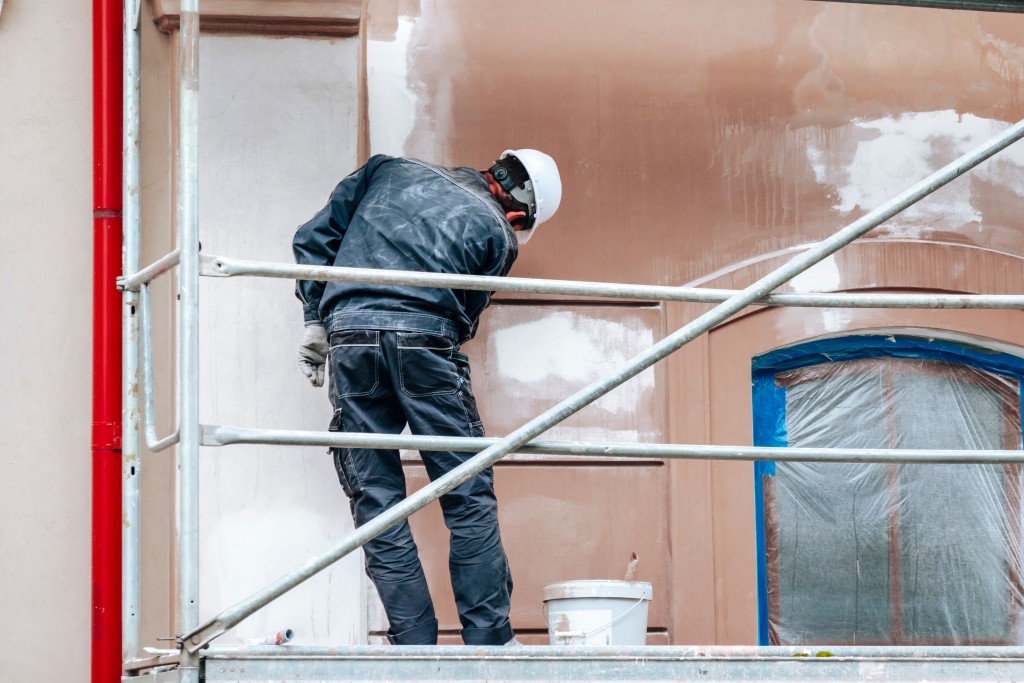
The Importance of Proper Surface Preparation
One of the most important factors in achieving a successful paint job on concrete is proper surface preparation. Concrete surfaces, especially those exposed to the elements, can accumulate dirt, grease, moss, and other contaminants that can prevent paint from adhering properly. Western Australia’s climate, which ranges from hot and dry to wet and humid depending on the time of year, can exacerbate these issues.
Steps for Preparing Concrete Surfaces:
Cleaning
Begin by thoroughly cleaning the concrete surface. Use a pressure washer to remove dirt, dust, and any existing paint or coatings.
For stubborn stains, a mild detergent or degreaser may be necessary. Ensure the surface is completely dry before proceeding to the next step.
Repairing Cracks and Holes
Inspect the surface for any cracks, holes, or imperfections. Use a concrete patching compound to fill these areas, following the manufacturer’s instructions. Smooth out the patched areas with a trowel and allow them to dry completely.
Priming the Surface
Applying a primer is essential when painting concrete, especially if the surface has never been painted before. A high-quality concrete primer will help the paint adhere better and provide a more uniform finish. Make sure to choose a primer that is compatible with the paint you plan to use.
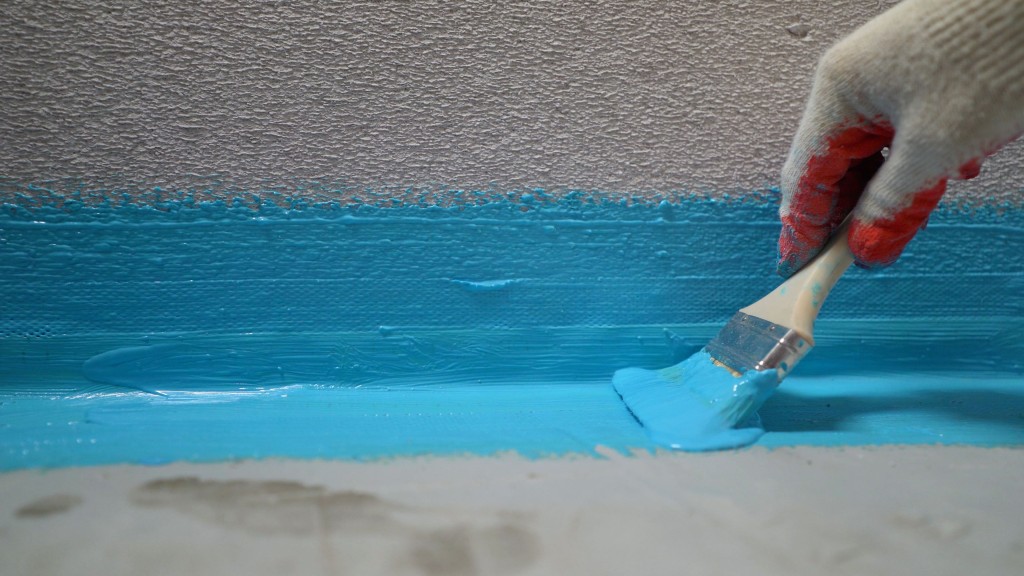
Choosing the Right Exterior Paint for Concrete
Selecting the appropriate paint for your concrete surface is key for ensuring a durable and long-lasting finish. Not all exterior paints suit concrete, so you need to choose one specifically designed for this purpose.
Types of Paint Suitable for Concrete
Masonry Paint
Manufacturers specially formulate masonry paint for use on brick, stone, and concrete surfaces. It is highly durable, weather-resistant, and designed to adhere well to rough, porous surfaces. This makes it an excellent choice for concrete walls and other vertical surfaces.
Acrylic Latex Paint
Acrylic latex paint is another good option for concrete surfaces. It offers excellent adhesion and flexibility, which is important for surfaces that may expand and contract with temperature changes. It is also resistant to UV rays, making it suitable for exterior use in sunny climates like Western Australia.
Elastomeric Paint
Elastomeric paint is a highly flexible and durable coating that can bridge small cracks and imperfections in the concrete surface. It is particularly well-suited for areas prone to cracking or where waterproofing is a concern.
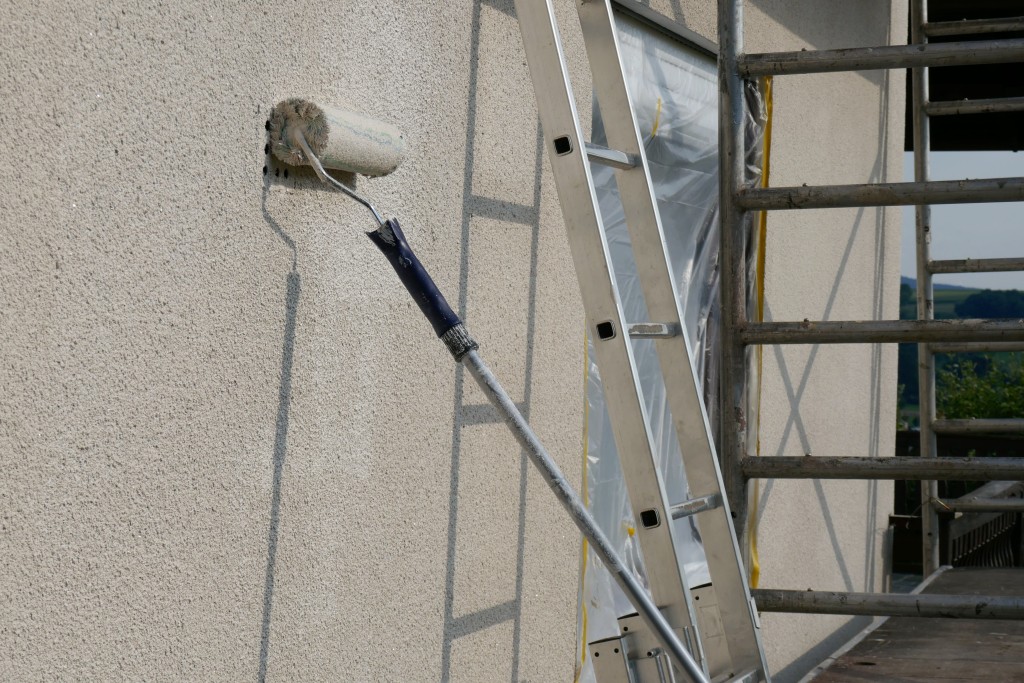
The Proper Technique for Painting Concrete
Even with the right paint and proper preparation, the application technique plays a vital role in achieving a professional finish. Here are some tips for applying exterior paint to concrete surfaces:
Use a High-Quality Brush or Roller
Invest in a high-quality brush or roller designed for rough surfaces. This will help ensure even coverage and reduce the likelihood of streaks or missed spots.
Apply Multiple Thin Coats
Instead of applying one thick coat of paint, apply several thin coats. This will help the paint adhere better and create a more durable finish. Allow each coat to dry thoroughly before applying the next.
Consider Weather Conditions
In Western Australia, it’s important to consider the weather when planning your painting project. Avoid painting on extremely hot, cold, or humid days, as these conditions can affect the paint’s drying time and adhesion.
Seal the Surface
Once the final coat of paint has dried, consider applying a clear sealer to protect the surface further. This is especially important for high-traffic areas like driveways and walkways, where the paint may be subject to wear and tear.
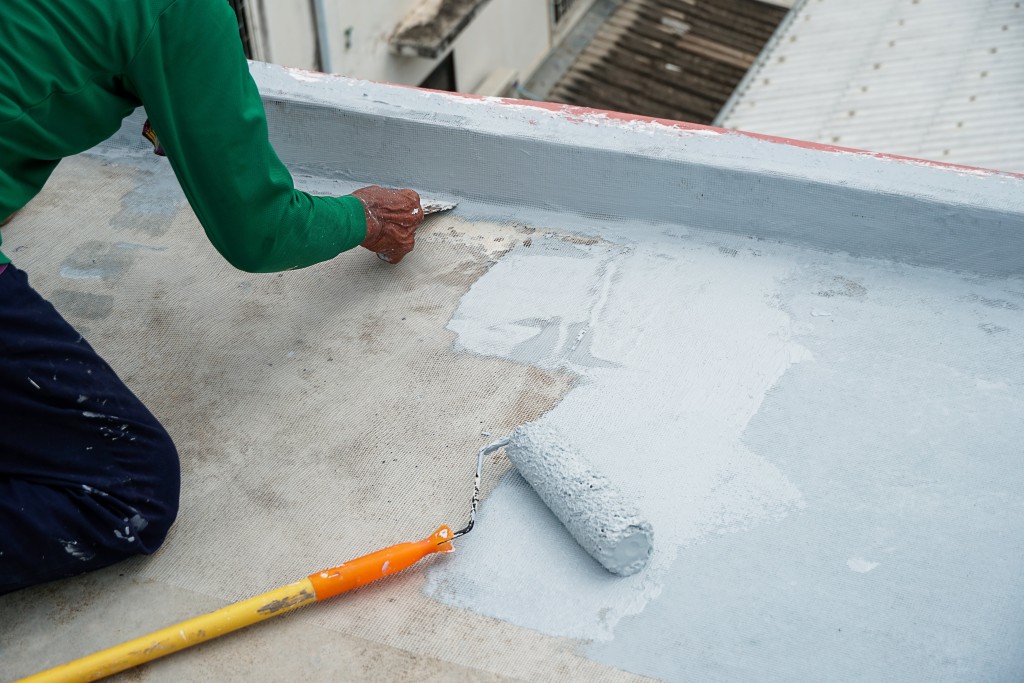
The Value of Professional Painting Services
While DIY painting can be rewarding, it can also be time-consuming and challenging, especially when dealing with concrete surfaces. Hiring a professional painting service can save you time and ensure a high-quality, long-lasting finish. Professional painters have the experience and expertise to choose the right products, prepare the surface properly, and apply the paint or coating in a way that will stand up to Western Australia’s unique climate conditions.
At Elite Painting, we specialise in residential and commercial painting services across Western Australia, including Mandurah. Our team of experienced painters understands the nuances of working with concrete surfaces and can provide you with expert advice and a flawless finish that will add to the beauty and value of your property.
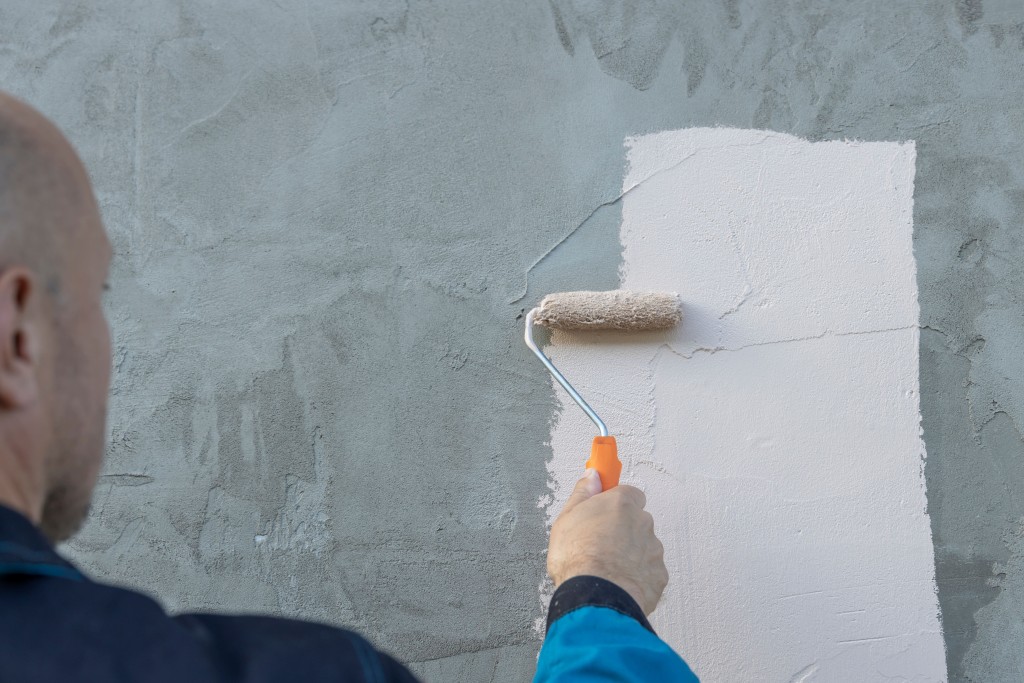
Get a Premium Finish With Elite Painting
So, to answer the question “can you use exterior paint on concrete” — yes, you can use exterior paint on concrete, but you must choose the right type of paint, properly prepare the surface, and apply it correctly. By following these steps, you can achieve a durable and attractive finish that will protect and enhance your concrete surfaces for years to come. Whether you’re considering a DIY project or seeking professional help, understanding the process will ensure you make the best decision for your property.
For more information or to schedule a consultation, contact Elite Painting today. We’re here to help you achieve the perfect finish for your property.
